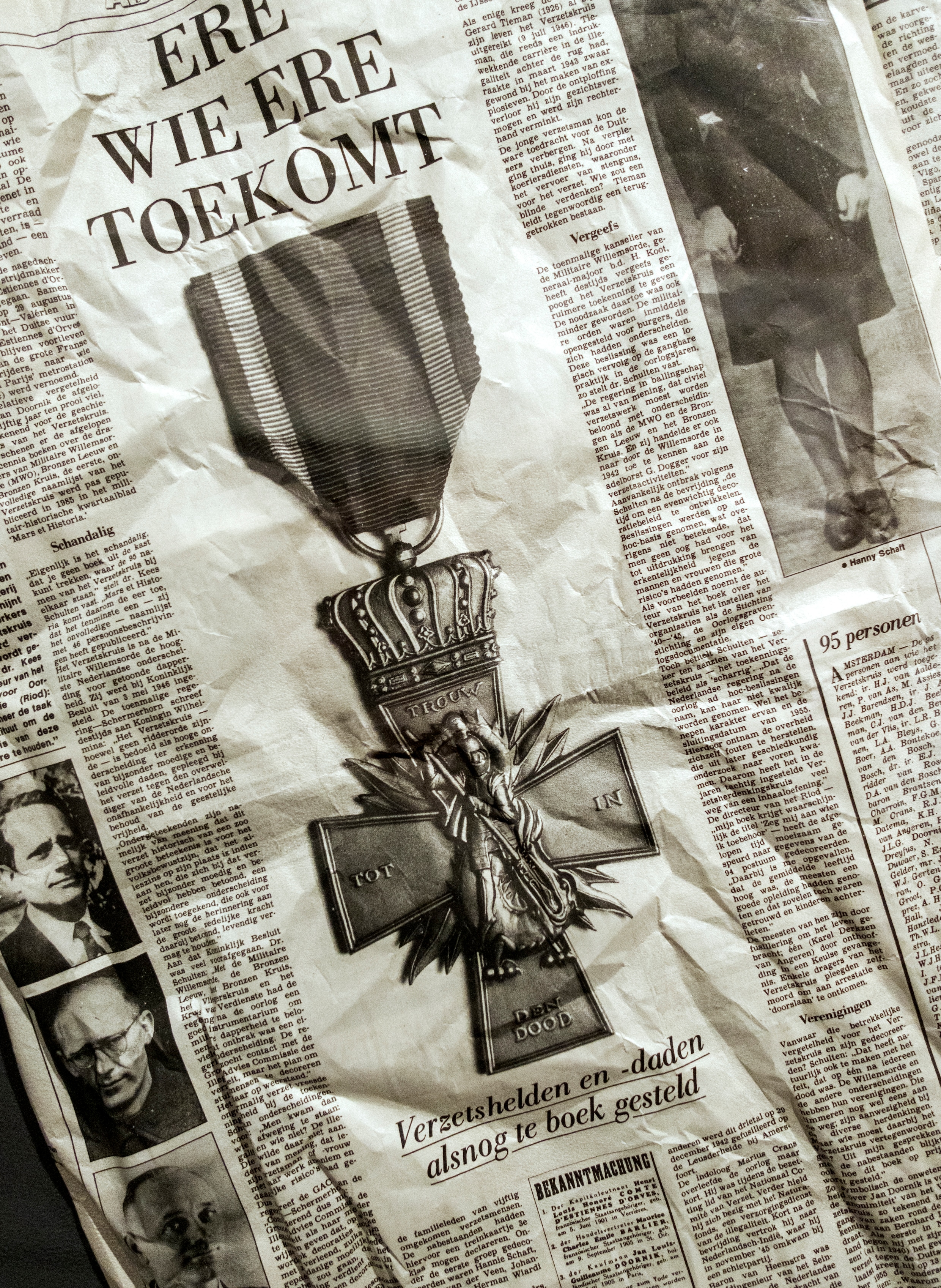Take care of yourself and yours. For you and yours. It was October 1944 in still-occupied Amsterdam, representatives of 21 Dutch resistance movements – from royalists to communists – secretly met in a canal house. There they founded the 1940-1945 Foundation, an organization that continues to provide support to war victims and their relatives to this day.
The Resistance Museum in Amsterdam opened an exhibition on Thursday Concerned about resistance: a history of the Foundation’s upheaval 1940-1945. It was certainly turbulent. On the one hand, the foundation managed to raise millions of guilders after the war and facilitated psychological aid and social work. On the other hand, there were disputes between resistance factions and personal data and medical files of left-wing resistance veterans were leaked to the Domestic Security Service (BVD), the predecessor of the AIVD.
Followed by the Homeland Security Service
Jitske Naberman’s (54) grandparents, Karel and Sien Metz, were key figures in the communist resistance and followed the BVD for decades. He felt excitement when he entered the exhibition: “Every time my grandparents answered the phone, they heard a ‘click’ sound. Someone is listening. But when grandfather became incapacitated due to nightmares, he received benefits from the foundation. Grandma didn’t get recognition for her work for a long time, only when grandpa died did she get benefits.”
The exhibition itself focuses primarily on solidarity. Large photo shows former resistance fighters in Paleis Het Loo park, shortly after the war. “Queen Wilhelmina really wanted that,” said Josée Netten, secretary general of the Foundation 1940-1945, during the tour.
“The foundation provides recovery centers across the country where members of the resistance gather. Often they don’t talk about the difficult past that haunts them; each other’s presence is enough. They know about each other. The foundation also provides customized workplaces. Children should also go for a walk once in a while. There are holiday camps for children and single women. In eighty years, the foundation has had about one hundred thousand clients.”
daisies
There is an orange-red carpet in the simplest exhibition hall. There is a painting of three daisies in the window. “My grandparents had them too,” Naberman said. “The daisies were a gift from the foundation to members of the resistance,” added Netten. “If you were in someone else’s house, you knew right away: he was one of us!”
Then the most painful part of the exhibition: the newspaper articles from This is Parool from earlier this year, with the discovery that data from left-wing resistance members was systematically stored at the BVD until the 1980s. “The current board never knew about this,” said Netten, who did not want to comment much on the matter. “Utrecht University will conduct independent research on this matter.”

Naberman’s grandparents risked their lives by turning their workshop into an armory during the war. They also helped three families hide and printed communist resistance newspapers Truth. “This foundation has helped many people, including my grandparents,” Naberman said. “On the contrary, many of the details have been submitted to the BVD. It still feels mixed.”
Give thanks
The foundation is now also active for the families of resistance members. In a corner of the exhibition hangs a green flag, a symbol of Limburg’s resistance struggle. Netten: “To this day, a group of children of Limburg resistance fighters meet regularly. The foundation also ensures that there are social workers who visit there.”
Naberman emphasized that he was grateful to the 1940-1945 Foundation. Thanks to published letters, he knew the history of his grandparents’ war, as the war was not discussed with him as a child. “You also see that the foundation works with high integrity to help members of the resistance. Without them I would never have known about my family history.”
Also read:
Resistance woman with sad eyes: the life story of Maatje Staal
Her fiancé was murdered along with 22 other distributors of the Trouw resistance newspaper exactly eighty years ago. “The biggest mistake is that I can’t forget it.”





